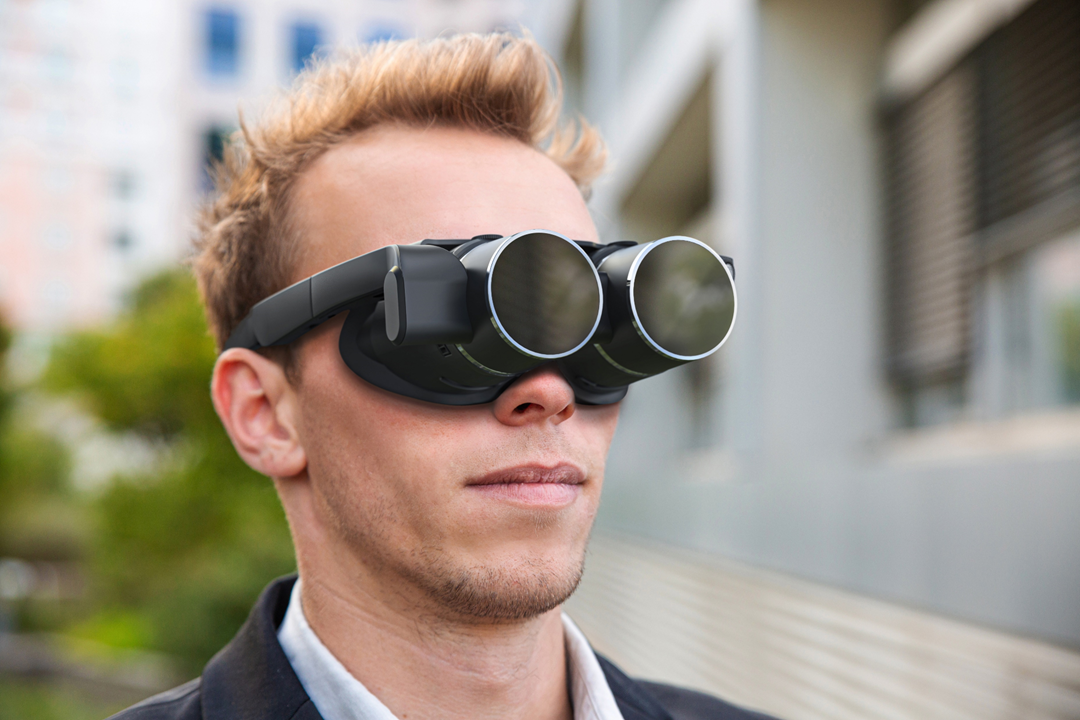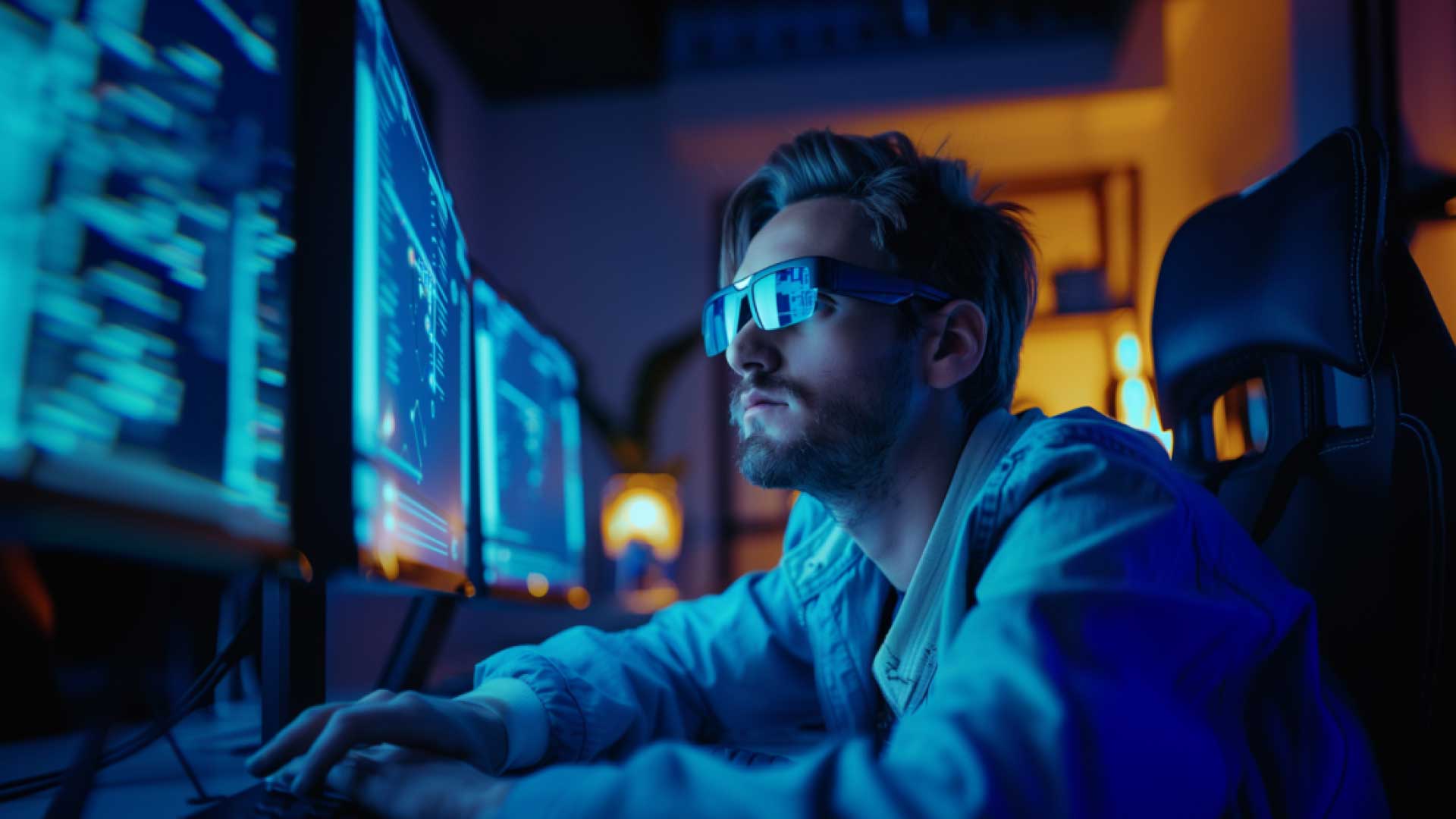Enhancing Access With Assistive Innovation for the Blind
The integration of assistive technology for the blind stands for an essential development in ease of access, fundamentally modifying exactly how individuals browse their atmospheres and engage with culture. From screen readers to cutting-edge clever walking sticks, these tools not just improve independence yet likewise advertise inclusivity in different spheres of life. As we discover the diverse kinds of assistive gadgets and their tangible effects on daily living, it comes to be necessary to analyze just how continuous technical improvements are improving the landscape of support for the blind area. What ramifications do these growths hold for the future of access?
Introduction of Assistive Technology
Assistive innovation describes an array of devices and software application created to boost the capabilities of individuals with impairments, consisting of those that are visually impaired or blind. This technology plays a vital duty in advertising freedom and improving the lifestyle for users. By offering alternate techniques for accessing info and doing day-to-day jobs, assistive modern technology empowers people to browse their settings more effectively.
The development and implementation of assistive technology embrace a selection of concepts intended at promoting availability. These principles include user-centered design, which focuses on the demands and choices of the individual, and the integration of technology right into day-to-day tasks. Such innovations make sure that assistive gadgets are not only functional but additionally user-friendly and easy to make use of.
Moreover, assistive innovation encompasses a varied range of services, from low-tech choices like magnifiers to high-tech technologies such as display viewers and Braille display screens. The recurring evolution of this area is driven by the requirement to address the one-of-a-kind difficulties faced by individuals with visual impairments (Wearable technology for low vision). As modern technology remains to advance, the possibility for improving accessibility and advertising inclusivity remains encouraging, ultimately adding to a more fair society

Kinds Of Assistive Gadgets
Countless types of assistive tools are offered to support individuals who are aesthetically impaired or blind, each created to address certain needs and difficulties. These tools can be extensively classified into three major kinds: low-tech, mid-tech, and modern remedies.
Low-tech devices include things such as magnifiers, Braille labels, and tactile maps. These are fairly simple tools that improve the customer's ability to communicate with their setting without requiring complex innovation.
Mid-tech devices typically include a lot more sophisticated functions, such as digital magnifiers and mobile Braille note-takers. These gadgets can use capabilities like speech output, allowing users to access information more efficiently.

Effect On Daily Living
The accessibility of different assistive devices dramatically improves the lifestyle for people that are blind or visually impaired, influencing their everyday living in extensive methods. By integrating modern technologies such as display readers, Braille presents, and audio summary solutions into their regimens, individuals gain higher autonomy and self-reliance. These devices assist in access to details, allowing people to do everyday tasks, such as reviewing e-mails, browsing public areas, and delighting in media web content.
Furthermore, assistive gadgets empower people to engage even more fully in social interactions and area activities. The capability to utilize smart devices geared up with availability features enables for smooth communication and connection with others. This connection fosters a sense of belonging and lowers feelings of isolation.
In expert settings, assistive innovation supports efficiency by allowing individuals to full job tasks efficiently. Devices like voice recognition software and specialized zoom tools make it possible for users to take part in the labor force on equivalent ground with their sighted peers.

Advancements in Technology
Recent technical improvements have substantially changed the landscape of devices readily available for people that are blind or visually impaired. The integration of expert system (AI) and artificial intelligence has actually triggered applications that enhance YOURURL.com navigation and object recognition. Mobile phone applications can now utilize AI to identify and define environments in real-time, providing users with beneficial contextual details.
In addition, improvements in haptic innovation have resulted in the advancement of smart canes outfitted with sensing units that click here for info discover challenges and provide responsive responses. This equips users to browse their atmosphere with enhanced confidence and freedom. Moreover, advancements in text-to-speech software application and braille displays have actually enhanced the accessibility of electronic material, permitting seamless communication with different media.
Wearable modern technologies, such as wise glasses, are additionally making strides in assisting visual problems. These devices can supply augmented reality experiences, superimposing critical info onto the customer's field of sight. Collectively, these improvements not just improve the lifestyle for people that are blind however likewise promote better inclusion in culture. As technology remains to evolve, the capacity for also more transformative devices remains imminent.
Future Trends and Innovations
As modern technology swiftly progresses, the future of assistive devices for people who are blind holds tremendous pledge. Developments in expert system (AI) and artificial intelligence are positioned to reinvent the method blind users engage with their atmospheres. AI-driven applications are being created to improve things recognition, permitting users to recognize and browse their surroundings with better ease and precision.
Moreover, innovations in haptic feedback innovation are enabling the development of responsive maps and navigation help that give real-time info via touch. These developments not just boost movement however also foster self-reliance. In addition, wearable devices geared up with increased fact (AR) features are arising, supplying users visual info via audio descriptions, consequently linking the gap between the digital and physical globes.
In addition, the integration of wise home innovation offers brand-new opportunities for ease of access, enabling people to regulate their living settings through voice commands or smart device applications. As cooperation between tech developers and the blind community continues, the concentrate on user-centered style will make sure that future advancements are customized to fulfill the one-of-a-kind demands of this populace (Wearable technology for low vision). The trajectory of assistive modern technology assures an extra empowering and comprehensive future for individuals who are blind
Final Thought
In final thought, assistive innovation plays a critical duty in boosting access for people with visual disabilities. The diverse array of devices, consisting of display visitors and wise canes, considerably improves day-to-day living and cultivates self-reliance. Constant developments in technology and user-centered layout make certain that these devices cater effectively to the one-of-a-kind requirements of the blind neighborhood. As innovations progression, boosted inclusivity and empowerment can be expected, eventually enhancing the quality of life for those influenced by visual impairments.
The combination of assistive modern technology for the blind represents a crucial improvement in accessibility, essentially altering exactly how people navigate their settings and engage with society.Assistive modern technology refers to a range of tools and software created to boost the abilities of people with disabilities, including those who are blind or visually damaged. Wearable technology for low vision.As innovation swiftly progresses, the future of assistive devices for people who are blind holds enormous assurance. The trajectory of assistive technology guarantees a much more comprehensive and empowering future for individuals who are blind
In verdict, assistive modern technology plays an important duty in boosting additional hints ease of access for individuals with aesthetic problems.